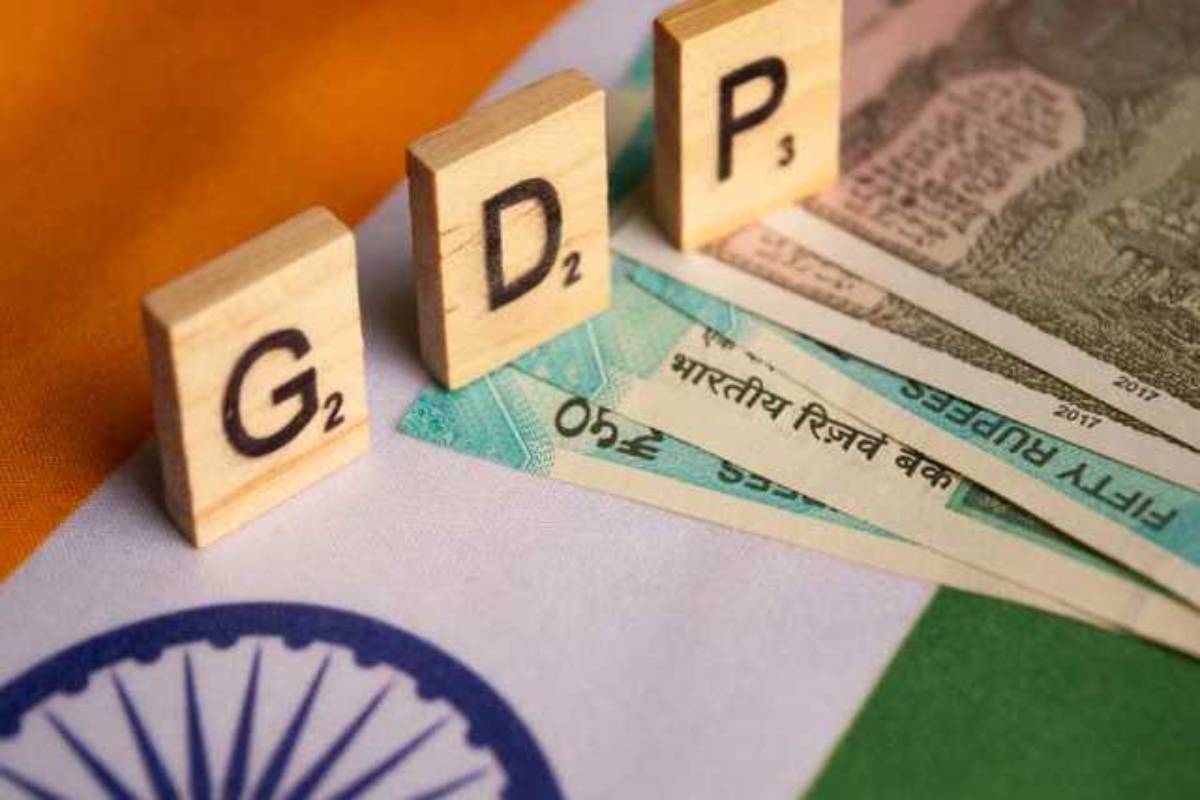60 pc gold reserves held domestically, up over 102 tonnes in April-Sep: RBI data
Gold held domestically surged more than 102 tonnes between April and September this year to 510.46 metric tonnes, against 408 metric tonnes at the end of March.
India’s economic outlook remains resilient, but it’s clear that a complex interplay of global and domestic pressures demands careful navigation.

Representation image (File photo)
India’s economic outlook remains resilient, but it’s clear that a complex interplay of global and domestic pressures demands careful navigation. The government’s latest monthly report emphasises its optimistic growth forecast of 6.5 per cent to 7 per cent for the fiscal year, even as the landscape is clouded by external risks. India’s journey toward economic stability is buffered by robust rural demand, a strong agricultural sector, and the festive season’s positive impact on consumer spending.
However, these internal strengths face potential disruptions from heightened geopolitical tensions, fragmented trade policies, and inflationary pressures that need to be carefully managed.At the core of these concerns is India’s exposure to global uncertainties. Geopolitical conflicts, particularly involving major economies, have reshaped trade flows and created an atmosphere of fragmentation. This trend has led to higher volatility in global markets and could impact India by triggering shifts in export demand or by causing financial market turbulence. Elevated asset valuations in some advanced economies further compound the risk, as corrections in those markets could trigger ripple effects, impacting capital flows into emerging economies like India. For India, this highlights the need to maintain a diversified and resilient economic structure that can withstand external shocks. On the domestic front, inflation continues to be a focal point.
While retail inflation has remained relatively controlled, food prices ~ especially for staple items like tomatoes, onions, and potatoes ~ present a volatile factor. Recent months have shown that food inflation can quickly rise, affecting household budgets and overall consumer sentiment. A well-coordinated strategy to address food price volatility will be essential in keeping inflation expectations anchored and protecting the purchasing power of Indian households, particularly in urban centres where demand has shown signs of softening. Interestingly, the report sheds light on differing demand patterns between rural and urban areas. Rural demand has shown recovery, possibly driven by a strong monsoon and favourable agricultural production, which boosts income levels in farming communities. In contrast, urban demand appears constrained, affected by subdued consumer sentiment, seasonal caution, and the lingering impact of heavy rainfall.
Advertisement
For policymakers, this divergence underscores the need for targeted interventions that support urban demand while sustaining rural momentum. Measures like improving urban infrastructure and incentivising durable goods purchases could help balance the growth equation. Another layer of resilience comes from the festive season, which traditionally sees increased spending. This seasonal uplift could counterbalance some of the global pressures in the short term. However, while festivities bring a temporary boost, sustained growth requires a more enduring foundation. For this, India’s focus should extend beyond seasonal dynamics to structural improvements in manufacturing, digital infrastructure, and labour markets, enabling broader economic inclusivity. India’s growth story remains positive but complex. The government’s stance is justifiably optimistic, but vigilance is essential. Effective inflation management, urban demand stimulation, and preparedness for global disruptions are crucial to staying on track
Advertisement